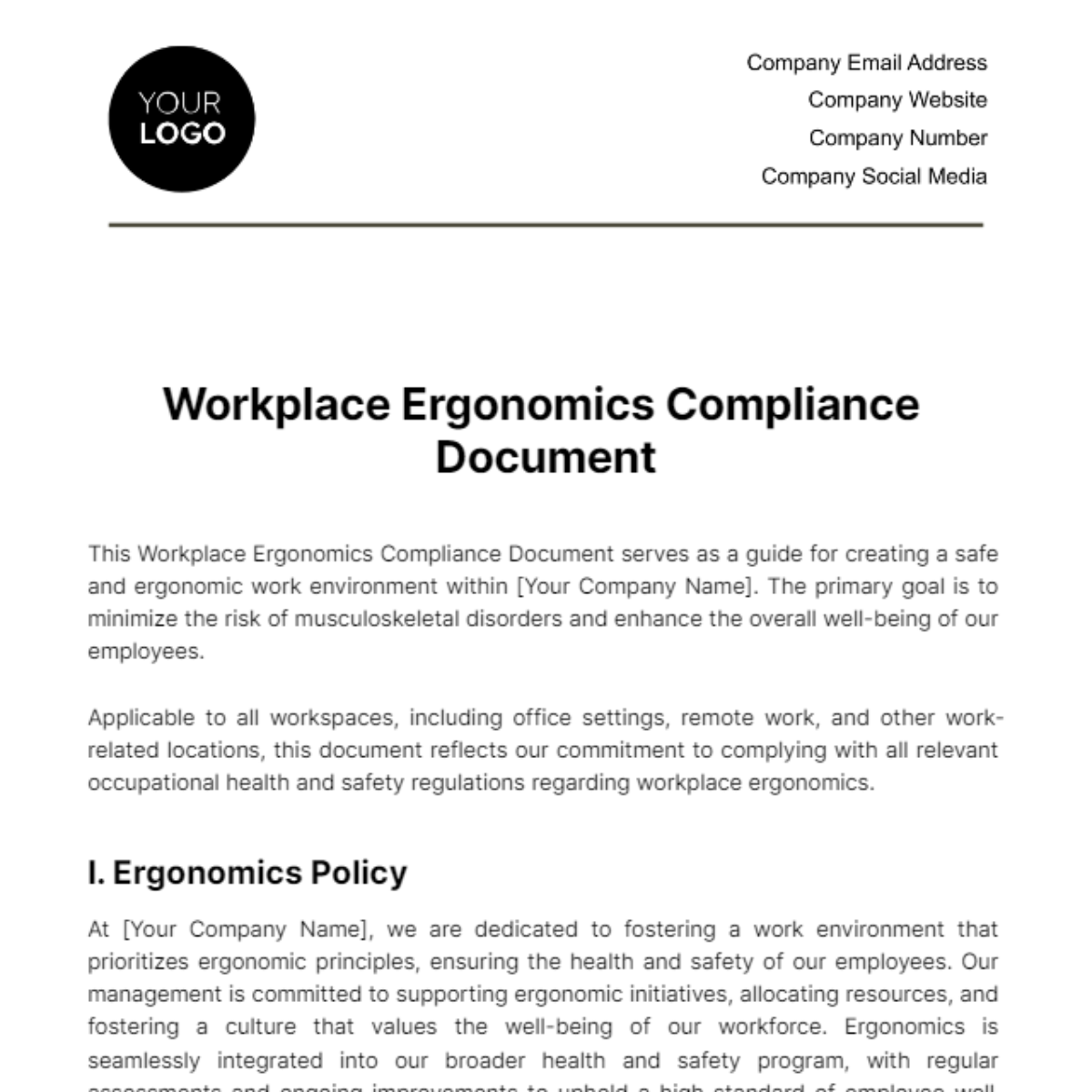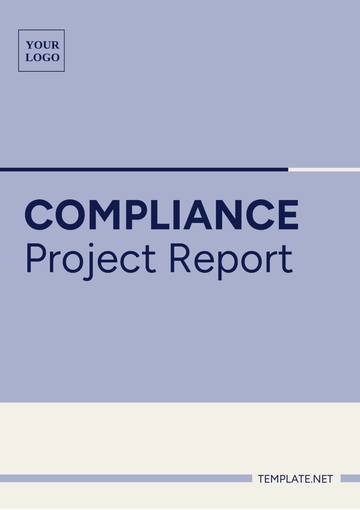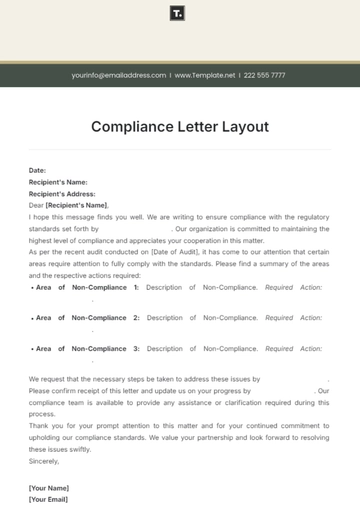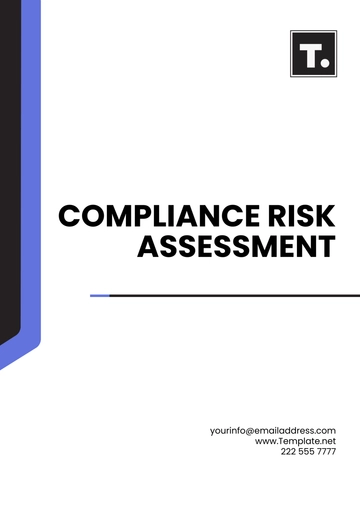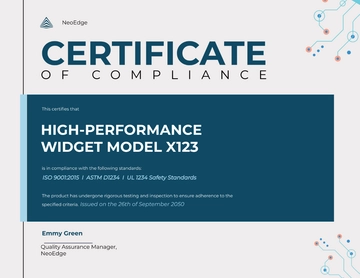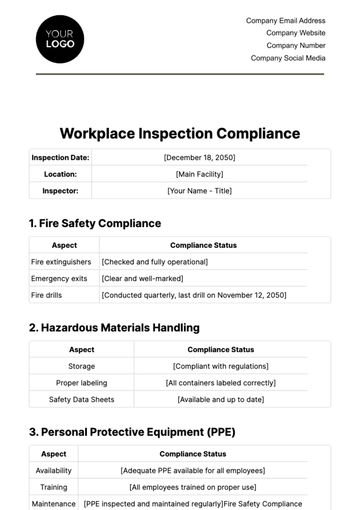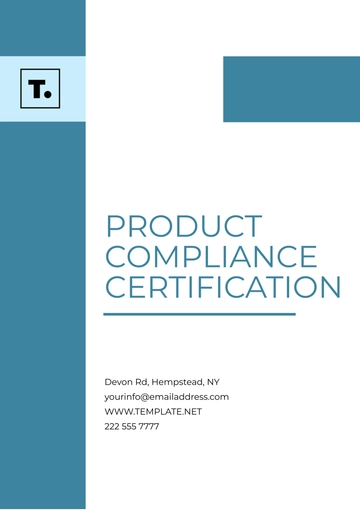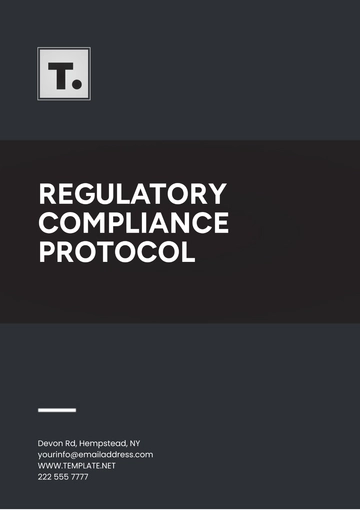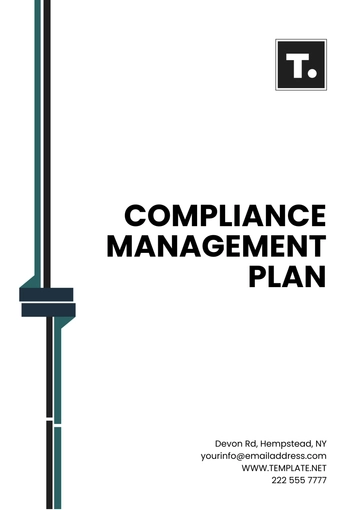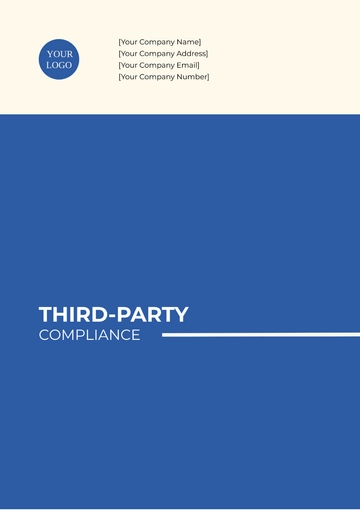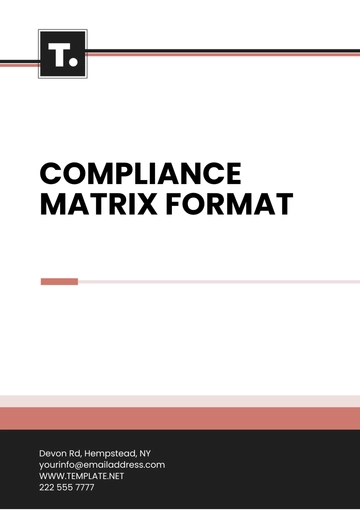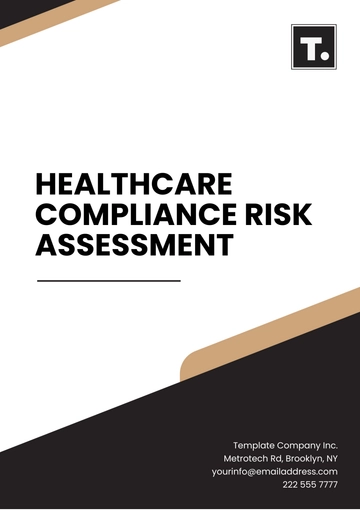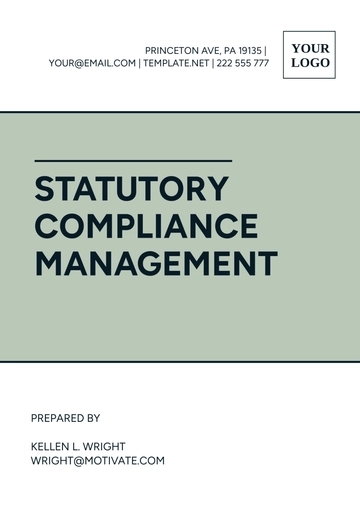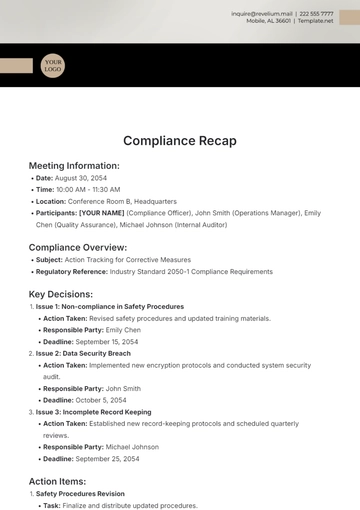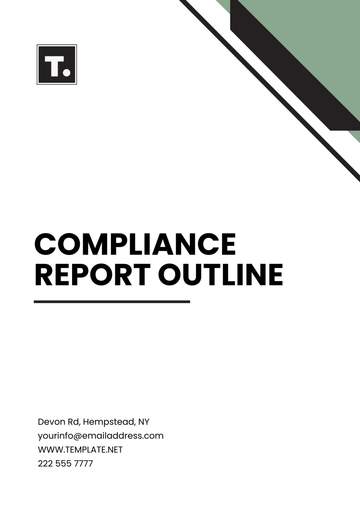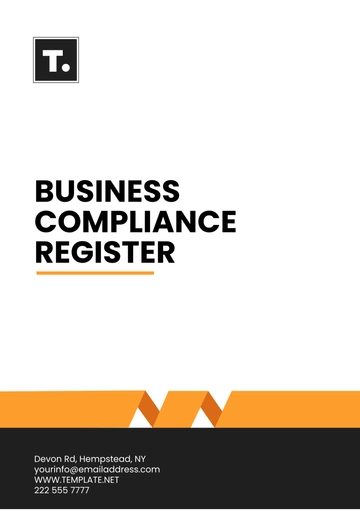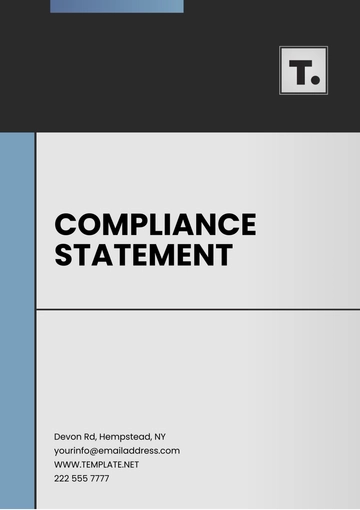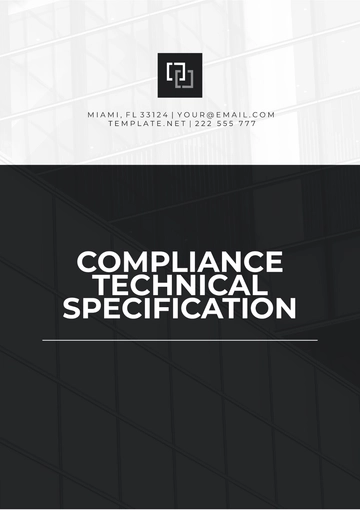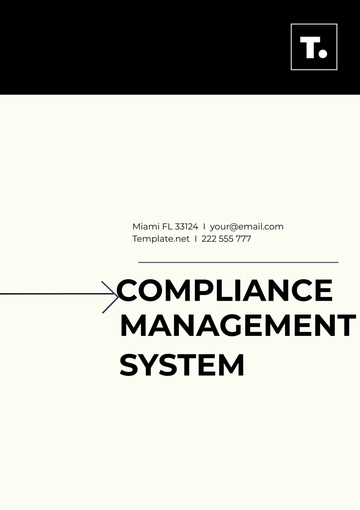Workplace Ergonomics Compliance Document
This Workplace Ergonomics Compliance Document serves as a guide for creating a safe and ergonomic work environment within [Your Company Name]. The primary goal is to minimize the risk of musculoskeletal disorders and enhance the overall well-being of our employees.
Applicable to all workspaces, including office settings, remote work, and other work-related locations, this document reflects our commitment to complying with all relevant occupational health and safety regulations regarding workplace ergonomics.
I. Ergonomics Policy
At [Your Company Name], we are dedicated to fostering a work environment that prioritizes ergonomic principles, ensuring the health and safety of our employees. Our management is committed to supporting ergonomic initiatives, allocating resources, and fostering a culture that values the well-being of our workforce. Ergonomics is seamlessly integrated into our broader health and safety program, with regular assessments and ongoing improvements to uphold a high standard of employee well-being.
II. Responsibilities and Roles
Senior management plays a crucial role in endorsing and supporting ergonomic policies, allocating resources, and fostering a culture of safety throughout the organization. Occupational Health and Safety (OHS) professionals are tasked with conducting ergonomic risk assessments, providing expertise, and collaborating with other stakeholders to ensure compliance.
Human Resources (HR) integrates ergonomic considerations into policies, provides training, and supports initiatives related to employee health and safety. Employees themselves are responsible for following ergonomic guidelines, reporting concerns, and actively participating in training programs to contribute to a safer work environment.
III. Ergonomics Risk Assessment
The ergonomic risk assessment conducted by OHS professionals aims to identify and mitigate potential hazards that may impact employee health and safety. This involves a comprehensive examination of workstations, equipment, and work processes through a combination of employee feedback, on-site evaluations, and analysis of incident reports. Findings and recommendations from ergonomic assessments are documented and reported to management for necessary corrective action.
IV. Workstation Design and Layout
Workstations within [Your Company Name] are designed to accommodate the needs of employees, taking into consideration factors such as posture, reach, and comfort. Adjustable chairs, desks, and other equipment are provided to enable employees to customize their workstations according to their requirements.
Guidelines are established for the proper placement of monitors, keyboards, and other tools to reduce strain and discomfort. Additionally, adequate lighting and ventilation are maintained to create a comfortable and productive work environment.
V. Furniture and Equipment Guidelines
Ergonomic furniture and equipment play a crucial role in promoting employee well-being. The chairs provided are designed to offer proper lumbar support, and desks are adjustable to accommodate varying heights and preferences. Keyboards and mice are selected to minimize strain, and monitors are positioned at eye level to reduce neck and eye fatigue. Document holders and other accessories are provided to further enhance comfort and productivity.
VI. Employee Training and Awareness
Recognizing the importance of education, [Your Company Name] implements training programs to enhance employee awareness of ergonomic practices. Employees are educated on proper workstation setup, the importance of taking breaks, and adopting healthy work habits. This training is integrated into onboarding processes, and communication strategies are employed to reinforce the significance of ergonomic practices in maintaining a safe and healthy work environment.
VII. Breaks and Micro-Pauses
Encouraging regular breaks is an integral part of our ergonomic strategy. Guidelines are established for break frequency and duration, promoting short micro-pauses to prevent prolonged periods of inactivity. Additionally, stretching and exercise recommendations are provided to help employees alleviate tension and reduce the risk of musculoskeletal issues associated with prolonged periods of sitting.
VIII. Remote Work Ergonomics
Recognizing the growing trend of remote work, [Your Company Name] extends its ergonomic principles to home offices. Guidelines for home office setup are provided to employees, emphasizing the importance of creating a comfortable and safe workspace. Remote work policies are established, and support is offered to ensure that employees working from home have access to ergonomic equipment and resources.
IX. Monitoring and Evaluation
Continuous monitoring and evaluation of ergonomic practices are essential for maintaining a safe work environment. Periodic ergonomic audits are conducted to assess compliance and identify areas for improvement. Incident reporting and investigation procedures are in place to address concerns promptly, and corrective actions are implemented to mitigate risks and enhance overall workplace ergonomics.
X. Documentation and Recordkeeping
Documentation is maintained to record ergonomic assessments, training programs, and incident reports. This information serves as a reference for ongoing improvements and compliance monitoring. Records are regularly reviewed, and any necessary updates or adjustments to ergonomic practices are documented for future reference.
XI. Review and Revision
To ensure the effectiveness of our ergonomic program, this document undergoes regular reviews. A scheduled review process involves the participation of relevant stakeholders, including employees, OHS professionals, and management. Revisions are made as needed to adapt to changes in the workplace, technology, and industry standards.
Health & Safety Templates @ Template.net
